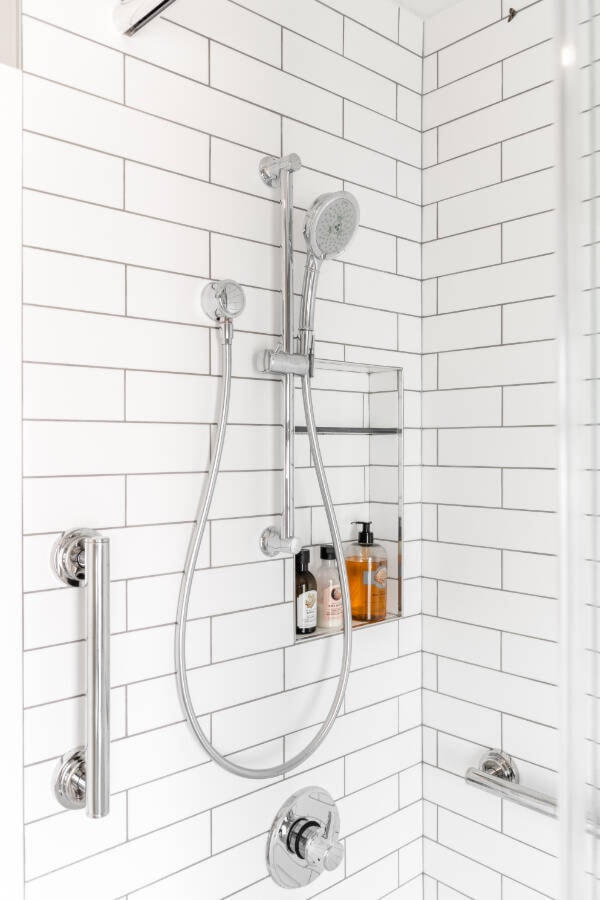You love your home and your neighbourhood – maybe you watched the kids grow up here or downsized into your ‘forever home’ once they flew the nest. But will it serve you well for as long as you want to live there?
It’s a question more homeowners are asking as they weigh whether to “age in place,” enjoying their retirement years in their own home, or consider other options.
For many, the answer is yes, they want to stay in the home they love, so the next step? Determining how to do so safely, explains Spencer Dunstan-Adams, a project leader with MAC Renovations.
5 things to think about when planning for aging in place
- Consider future pain points. Once you decide to retire in your home, explore what could cause issues down the road: Are there stairs to navigate? Is there only a powder room on the main floor, rather than a full bath? Can you easily reach into the cupboards? Your design and construction team will review your concerns and create a plan to adapt your home to your needs. Maybe that home office can become a main-floor master, with the powder room reconfigured into a main bath, for example, or those deep lower cupboards can be accessorized with pull-out drawers.
- Don’t wait. The last thing you want is to have to plan a home renovation after an accident or health change. Ideally, some of the work may have been done during earlier projects, such as behind-the-scenes framing in the bathroom for grab bars. “The earlier you start looking at the necessary renovations, the better,” Dunstan-Adams says. Even if you don’t anticipate needing grab bars for many years, it’s a lot easier – and more cost-effective – to add the framing when you’re updating the shower stall, than to rip it out and start fresh later.

It’s easy to get caught up in the “big stuff” during a renovation, but often the smaller details can make a big difference. - How high? If your countertops are already a bit of a pain as you work, consider lowering them when you renovate. Our height changes as we age, and many homeowners find the standard counter heights become uncomfortable, Dunstan-Adams says. The same goes for those tall upper cabinets. Do you want to negotiate a step-stool every time you empty the dishwasher?
- Don’t forget the details. It’s easy to get caught up in the “big stuff” during a renovation – door widths and bathroom features, for example – but often the smaller details can make a big difference. As our eyes change, the right lighting becomes more crucial, along with design details that mark a transition like stairs or a change in elevation. And if arthritis becomes an issue, it’s much easier to use a door handle than turn a doorknob. The same goes for lowering appliances so you’re lifting hot items onto a counter rather than from above.
- Consult the professionals. Of course, qualified design and construction professionals are key to any renovation, but “an occupational therapist can be worth their weight in gold in adapting a space to your unique needs,” Dunstan-Adams says, pointing out that a grab bar for his six-foot frame would be positioned very differently than for a five-foot-tall person. Similarly, if a ramp needs to be added to the front of the home, an architect or landscape designer may offer some unique insights into how to make it work.
To learn more about creating a home you love to live in today, and tomorrow, visit MAC Renovations online at macreno.com or call
READ MORE: How to find more space in the home you already own
READ MORE: 5 ways to keep your home renovation on budget and on point
